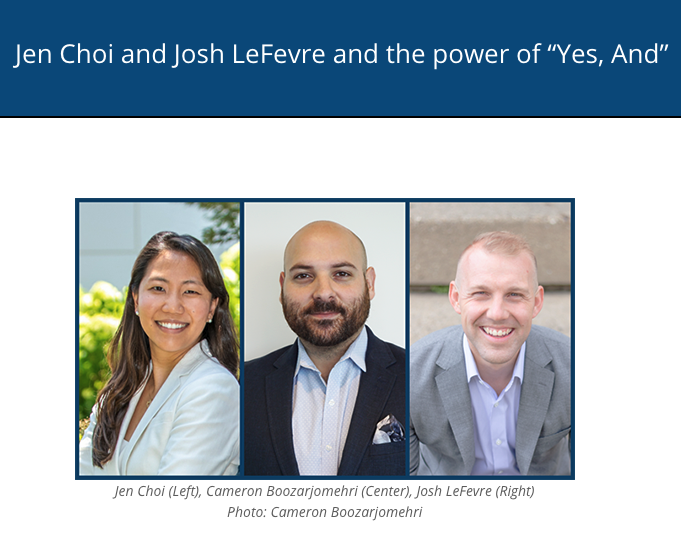
Need to build consensus quickly? Try leveraging the Power of Prep
In the world of innovation where moving fast is essential, knowing how to effectively build consensus becomes a superpower.
– – –
Oftentimes, the most powerful outcome of an ITK session is the team building consensus together. Teams are often in a place of confusion or feeling stuck in their problem-solving process when they turn to Team Toolkit for help. Although project leaders and teammates may not have known consensus is what they needed, once they achieve this, there’s a tangible forward shift that occurs in project momentum: When a team is in agreement with each other, the team naturally switches into action because next steps are clear, and the team is motivated to move forward.
So what does building consensus look like? How might we do this effectively?
In a classic scenario of building consensus, teams may gather with blank ITK tools, then answer the question prompts and discuss together. By using blank tools, everyone begins at the same starting point and can generate their own individual responses. The main facilitator creates space for all teammates to speak up equally, and through sharing ideas and perspectives, consensus is built. While this is an effective strategy to build consensus, it may not always be the fastest route to convergence.
When your team needs to build consensus quickly, we recommend leveraging the Power of Prep. The Power of Prep occurs when one or more teammates pre-fill an ITK tool with responses that are intended for discussion. Depending on the team’s situation, these pre-filled answers could be intended to draw out the quieter voices, to confirm unspoken agreements, to explicitly acknowledge controversial areas, or more. By giving the team something to start with, this helps focus and accelerate the discussions.
Keep in mind that the ultimate purpose of pre-filling the ITK tools is to spur discussion, so always use your good judgment and discretion when putting down responses. For example, you don’t want to betray a teammate’s confidence in what they shared privately with you or widely reveal information that’s meant to be close-hold or restricted. Or, if you are the senior person in the group or are in a position of authority, make sure your inputs don’t discourage your teammates from speaking up.
Before you begin, here are some additional Power of Prep Tips:
- Consider why your team is stuck and put down responses that you think will activate discussion
- Get unattached to what you’ve written down
- Now get very unattached to what you’ve written down
- When kicking off the session, clearly state that what you’ve written is for discussion rather than your individual perspective. Try something like, “I put this here, not because I think it’s right, but to get the process started.”
When you choose to use the Power of Prep, you must be unattached to the pre-filled responses. If not, then you may feel personally criticized when your teammates share their disagreements with the responses. This will cause you go to into a defensive mode, which blocks you from actively listening to others and being receptive to new ideas. Not exactly the most conducive behaviors to building consensus!
In addition, clearly stating that what you’ve written is for discussion rather than your individual perspective allows your teammates more freedom to speak critically about the pre-filled responses. If your teammates were afraid of disagreeing or critiquing your individual perspective, they may hold back their true thoughts which would keep the team stuck and ultimately negatively impact the final product.
So the next time you’re looking to quickly build consensus, consider leveraging the Power of Prep and let us know how it goes in the comments below!

